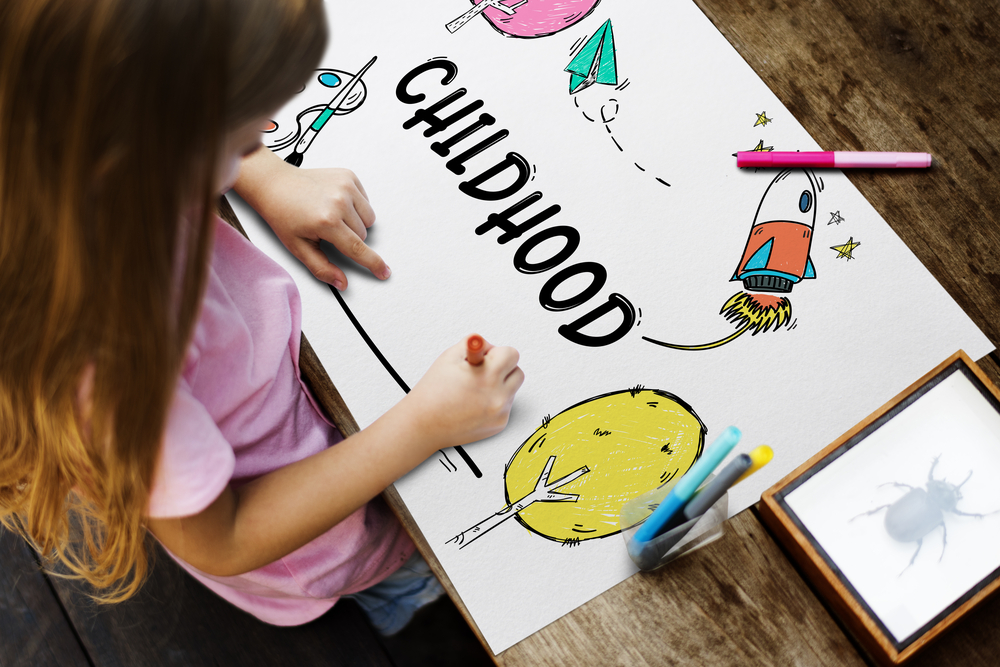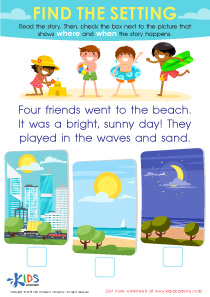Pattern recognition Easy Worksheets for Ages 3-8
4 filtered results
-
From - To
Discover our engaging Pattern Recognition Easy Worksheets designed for children ages 3-8. These printable resources help young learners identify and create patterns using fun visuals and colorful activities. As students explore sequences of shapes, colors, and objects, they strengthen critical thinking and problem-solving skills essential for early development. Ideal for home or classroom use, these worksheets foster cognitive abilities while keeping the learning process enjoyable. Each activity encourages young minds to recognize patterns in their world, laying the foundation for future mathematical concepts and analytical skills. Enhance your child's learning experience today with our delightful pattern recognition worksheets!
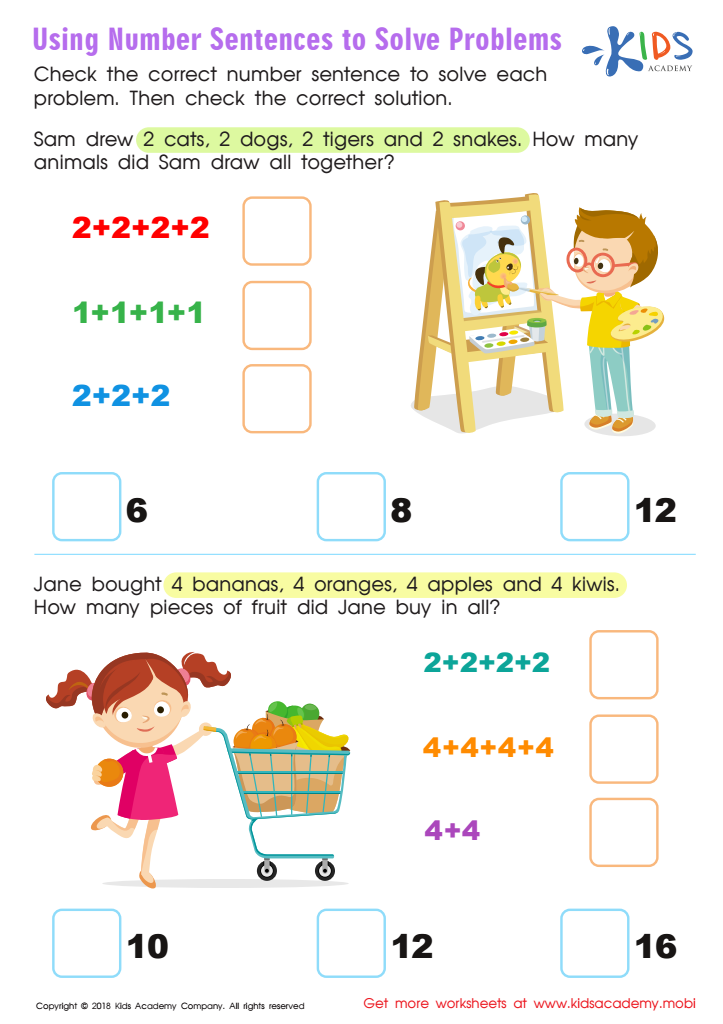

Using Number Sentences to Solve Problems Worksheet


What Train Car Comes Before? Worksheet
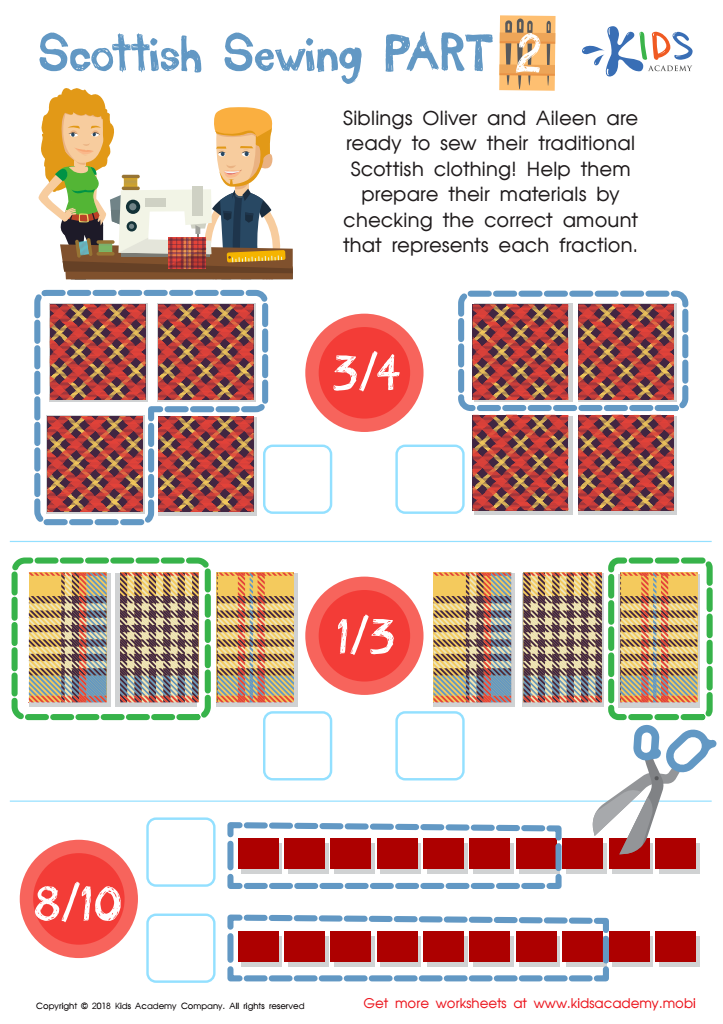

Scottish Sewing Part 2 Worksheet
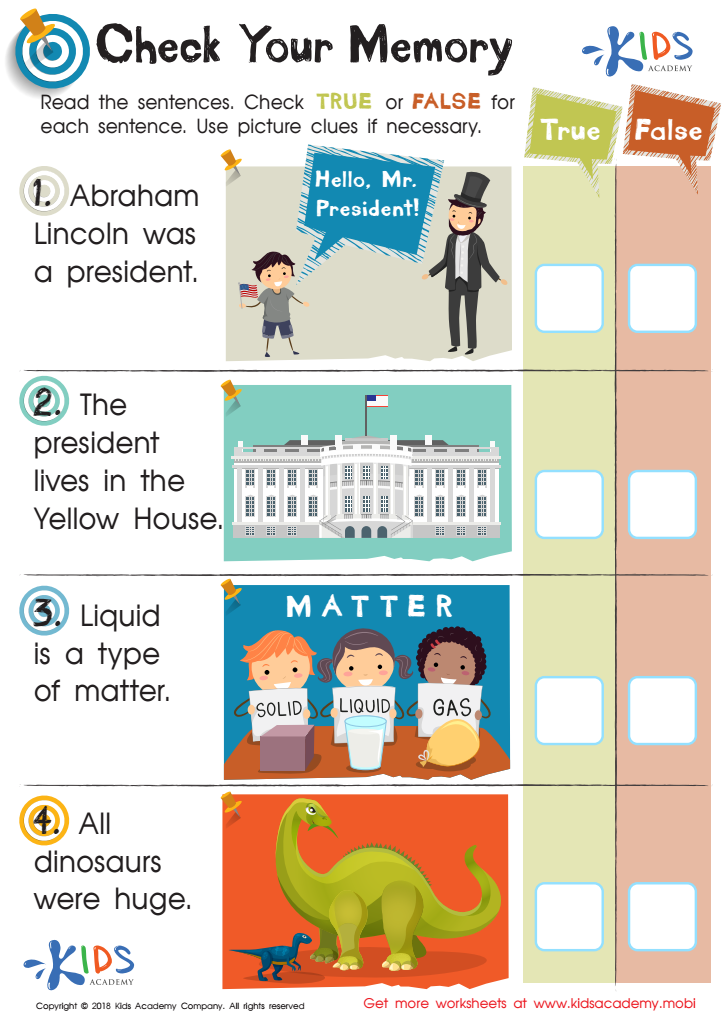

Check Memory Worksheet
Pattern recognition is a fundamental skill that plays a crucial role in early childhood development, making it essential for parents and teachers to prioritize it for children aged 3-8. By identifying and understanding patterns, children enhance their cognitive abilities, which lays the groundwork for advanced skills in math, reading, and problem-solving.
At this age, children are naturally curious and eager to explore their environment. Introducing pattern recognition activities, like sorting toys, identifying sequences in music, or using colorful blocks to create sequences, nurtures critical thinking and observation skills. These activities promote not just analytical thinking but also creativity, essential for lifelong learning.
Furthermore, pattern recognition encourages children to make connections between concepts, fostering their ability to draw conclusions and predict outcomes. This skill is particularly important in subjects like mathematics, where recognizing patterns is vital for understanding numbers and their relationships.
In addition to cognitive benefits, engaging in pattern recognition can boost a child's social skills. When children participate in group activities, they learn to communicate their thoughts, collaborate, and share ideas—all essential components for future interpersonal skills.
In summary, fostering pattern recognition is key for developing important cognitive and social skills, ensuring a well-rounded foundation for children's academic journeys.

 Assign to My Students
Assign to My Students





